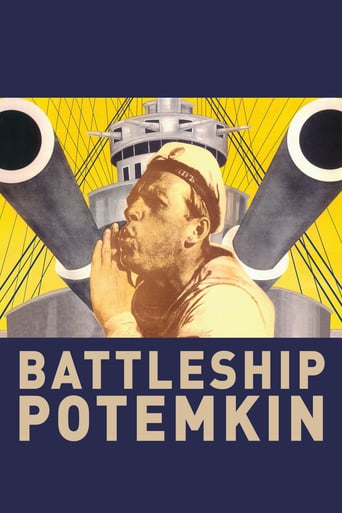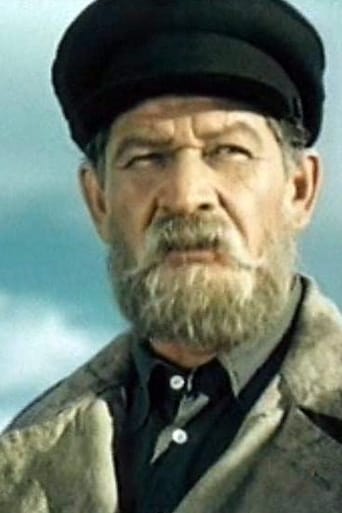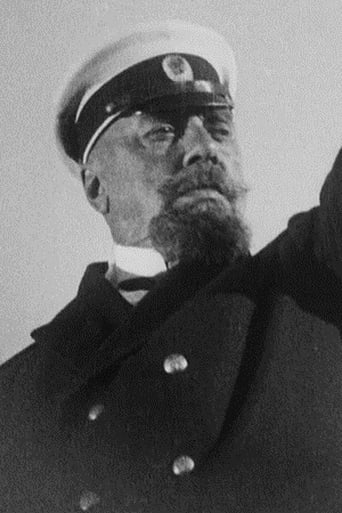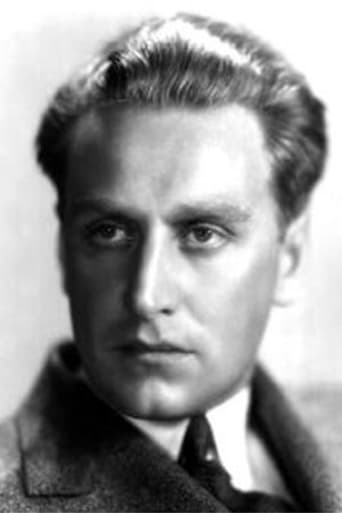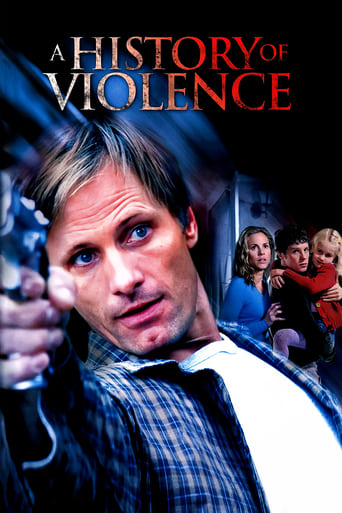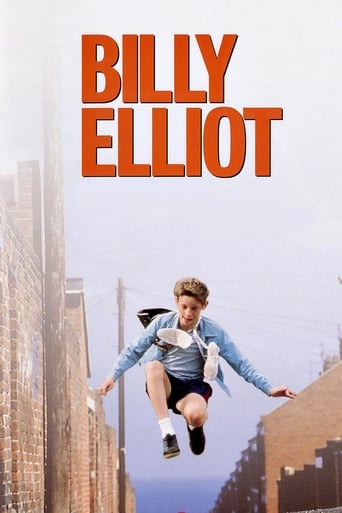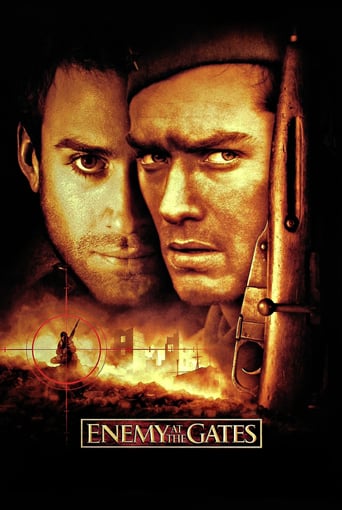Battleship Potemkin (1926)
A dramatized account of a great Russian naval mutiny and a resultant public demonstration, showing support, which brought on a police massacre. The film had an incredible impact on the development of cinema and is a masterful example of montage editing.
Watch Trailer
Cast
Similar titles

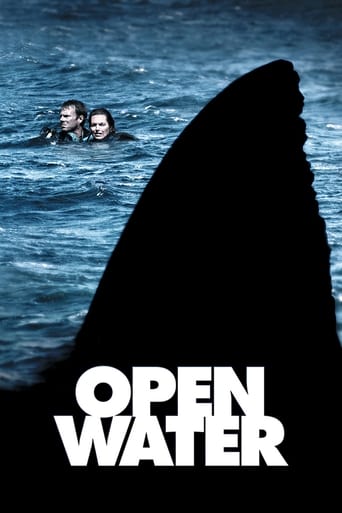
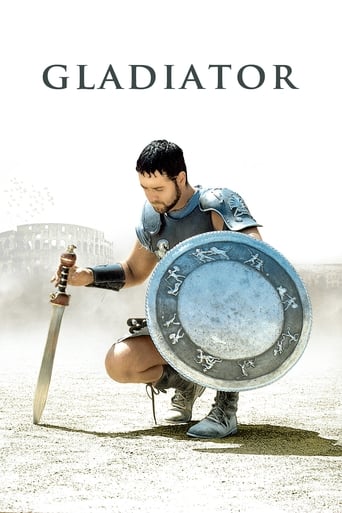

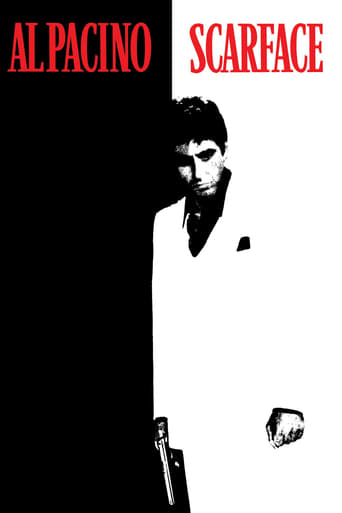

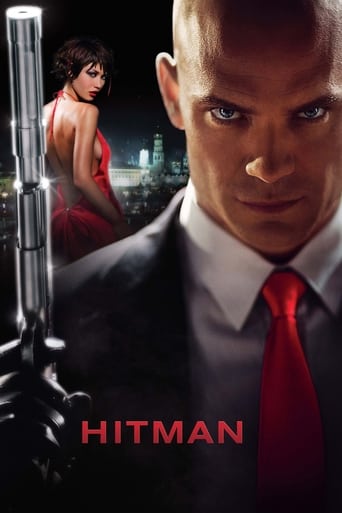
Reviews
Simply Perfect
From my favorite movies..
It's easily one of the freshest, sharpest and most enjoyable films of this year.
Each character in this movie — down to the smallest one — is an individual rather than a type, prone to spontaneous changes of mood and sometimes amusing outbursts of pettiness or ill humor.
This silent films is organized in chapters, or as some other reviewers refer to them, as montages, though it didn't seem to me that the technique was needed. The story moves fairly seamlessly and the viewer has no trouble following the sequence of events; the title cards signaling each montage is almost like a break in the flow of the story. Even so, this is a gripping film, all the more compelling for it's production during the silent era under director Sergei M. Eisenstein. There is an early preface relative to individuals falling under the spell of mass consciousness which itself dissolves into revolutionary fervor, and that theme dominates the story. As impressive as the movie is, I was totally awed by the sequence involving the citizenry of Odessa filing out on that incredibly long strip of land with ocean on both sides, for the viewing of Grigory Vakulinchuk, leader of the mutiny aboard the Potemkin protesting inhumane conditions and rotting meat masquerading as food for the sailors. And as so often has happened with my movie viewing pleasure, I was rewarded once again with a moment of cosmic serendipity upon witnessing the Odessa Staircase montage with it's baby carriage sequence. I had no idea that was coming, and with my very prior viewing of "The Untouchables", the scene had me just about jumping out of my seat. If that comment makes no sense to the reader, you'll just have to watch both films, and not necessarily back to back, as the sequence under consideration will be most apparent. The only negative I found with 'Potemkin' was the obvious use of a model used in some long views of the battleship which brought down the professionalism of the project. Otherwise, this was a competently made film, all the more so for it's silent era origins, and one which every cinema fan should see at least once.
I only became aware of Battleship Potemkin when Brian De Palma's The Untouchable's was released for the cinema and critics mentioned the pram down the steps sequence and how the director borrowed it from this film.This Russian silent celebrates the Potemkin uprising of 1905 which Lenin regarded as an event that sowed the seeds of the The Russian Revolution. This is a fictionalised retelling by Sergei Eisenstein.The crew of the battleship are mutinous because of poor rations, meat infested with maggots but the officers pass it as fit for consumption. The crew will not back down so the officers throw tarpaulin over some of the rebellious crew, give them the last rites and are ordered to be shot.One of the crew members Vakulinchuk pleads to the firing squad not to fire and the firing squad does not and it leads to mutiny as the officers are overcome.The uprising in the ship travels far and wide and in the town of Odessa, Vakulinchuk who was killed in the mutiny, his body is displayed to the public. In the Odessa steps a gathering crowd are fired on by Tsarist troops where women and children are killed leading to a pram with a baby plummeting down the steps. The massacre never happened, it was made up for the film.The film is propaganda to symbolize the spirit of the Russian revolution. Sergei Eisenstein made an epic film with vast crowd sequences, montage editing techniques and is a technical accomplishment for the early days of cinema.
In all respects that matter, this film hasn't aged a day.Sure, the story is hamfisted, but so what? It's basically a propaganda movie. I'm not watching it for depth of character. That's not the reason it has endured. Sure, it's almost dreadfully short, but so what? Films can show a lot in 69 minutes if they don't dawdle, and this film doesn't even think about dawdling.Through and through, it feels like a 20's movie, but it feels like how you want 20's movies to feel, how 20's movies have been portrayed as feeling by our nostalgia for that time as well as the Hollywood Machine itself. Most twenties movies, while charming, lack cinematic sophistication. The actors can be funny or poignant, but the effects are lacking and the camera work looks like it was done by someone who had never been to film school. Many end up feeling like half-finished films. It's hard to embrace films from that era, even films that I want to like and are interesting, such as Nosferatu or the original King Kong, because of this. I can appreciate them, but appreciation does not translate perfectly into affection.This film is different. I wouldn't go so far as to call it the best film I've ever seen, as some film critics have, but it is definitely a awe-inspiring accomplishment. It's not only astonishingly good, it's astonishingly good in a dynamic, electrifying way. The title cards don't just exist to provide information- they punctuate the story beats. Each scene flows into the next. Each part flows into the next. There are montages and elaborate wide shots and quick, clever cuts. It's better on a technical scale than most films released today.Nothing is done without a purpose though. Every shot and trick furthers some thought or feeling. It's both lean and remarkably ambitious. It does not run for three hours, but it tries and mostly succeeds to capture the emotions of the audience. Eisenstein knew what he was doing; he had to. Many of the creative technical work was his invention. When Hollywood filmmakers saw this film, they were shocked. They had never seen anything like it before.This deserves a place among the films that changed absolutely everything. Just like there is a pre-Citizen Kane era and a post-Citizen Kane era, there is a pre-Potemkin era and a post-Potemkin era. Every film buff has their favorite Potemkin shot. Mine is the long shot on the steps where the woman holding her injured son is shot by the Cossacks.Back in the day, even people who didn't know exactly what made this movie special couldn't stop thinking about it. Fundamentally, it is different from every film that was made beforehand. Even now, I can hardly think of a film that's made me care so much about a scenario I would have otherwise cared so little about.I've repeatedly said that even as an outsider from the 21st century, it's possible to tell an innovator from a copier. Even if you didn't know anything about Star Wars, it's easy to differentiate it from the works that copied off it. The original carries itself with a poise, an energy that the copiers just don't have. It's in the 'blood' of the film, if you will. This film has that. I can see myself rewatching it over and over again. It's one of the most gripping motion pictures of the 20th century.
I'm not going to lie, I did not enjoy this. I appreciate the importance of the film and the enormous steps it took for early cinema but wow, I was so excited for it to be over. Obviously the context of the film is incredibly important, and it is vital to note that this is a propaganda film. That being said, there aren't really characters. It's like there were just two: the people and the soldiers. The stair scene is just as legendary as it is hailed to be. Halfway through it I noticed my jaw was dropped open as much as possible. I've been watching early films lately and I must say that the violence is shocking. It's not especially graphic or even realistically performed, but the reasons they have to start fighting and the quickness of it was jarring. These soldiers just gunning down civilians was incredibly disturbing and I can't believe that that is a thing that happened, and continues to happen. There were a lot of creative angles and techniques used, absolutely. Just the way the story was told left me guessing a lot. Wasn't a lot of build-up to action, it was just suddenly inaction to action- and since I didn't know what was going on all the time, it was really confusing. Just not a format I'm used to, but I'm working on it.There were so many points where I was like "okay, I GET IT" like so many repetitive shots and close-ups held for far too long. There were a lot of shots that should have been cut shorter because it would continue on even after the characters were mostly out of frame. There was one scene where two people walk away and the scene keeps going until all we can see is their ankles and I was like, "ok, what do these ankles symbolize" Just kidding, haha, I mean I can't knock this film too much because it's truly an important part of the foundation of modern cinema, and these guys were out there with nothing but ideas and some film equipment. They didn't have film schools, they didn't have movies to watch and study, they didn't have books about filmmaking. I do appreciate this movie's contribution to film but I did not have a good time watching this film. The story didn't do it for me and the shooting style was extremely frustrating to watch. The stair scene is worth a viewing, but I don't intend to watch this again. Not sure why any government would endorse/pay for this, but I'll never pretend to understand Russia. Did I enjoy it? No Do I ever want to see it again? No Do I ever want to include it in my own collection? No6/10 Bye love you -Jessie Carlson
